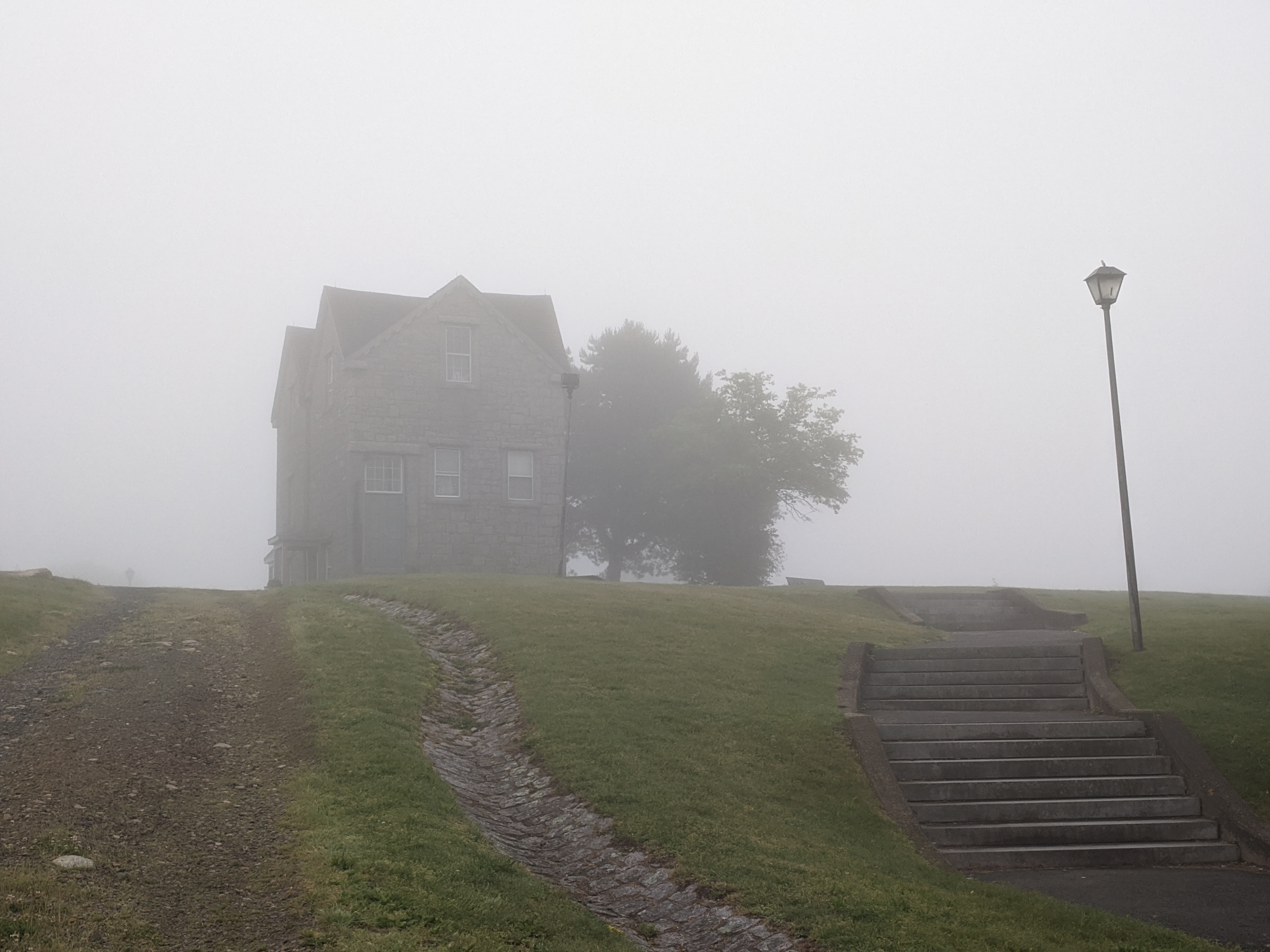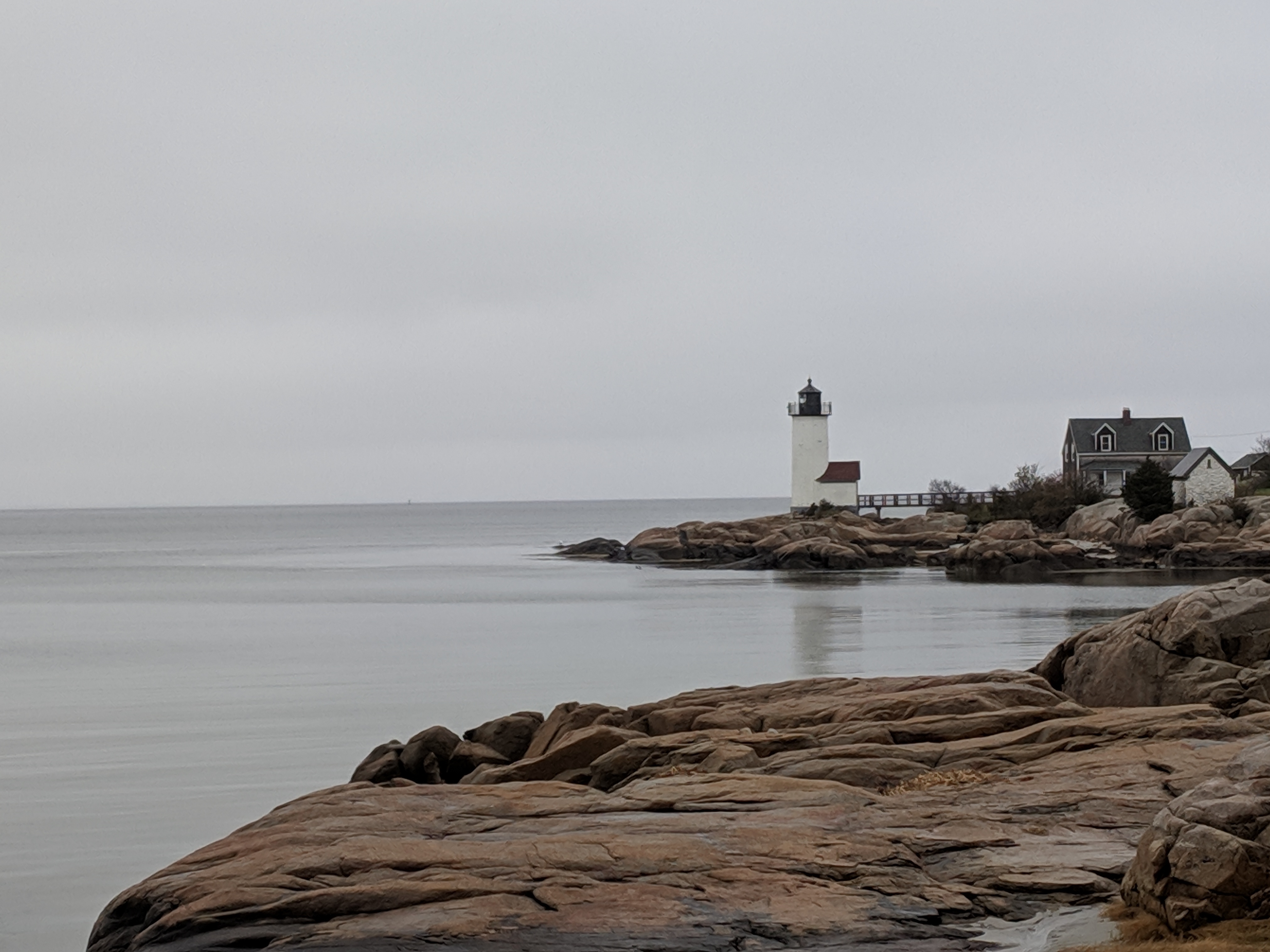snapshots 6/15/2021
Republishing 2019 – “GMG reader asks: Where have all the foghorns gone?“
Continue reading “foghorn longing.”My View of Life on the Dock






snapshots 6/15/2021
Republishing 2019 – “GMG reader asks: Where have all the foghorns gone?“
Continue reading “foghorn longing.”
photo caption : Annisquam lighthouse, Gloucester, Ma. photo copyright © C. Ryan, May 2, 2019
Question
“I’ve been living in Gloucester now since 2013 (and love it of course!). When we first moved to the city, we could hear the foghorns during inclement weather. However, about a year ago, I noticed that I no longer hear them. I loved this soothing sound on a gray day and am wondering what happened? Have the foghorns been turned off? Thanks!” –Patricia
Answer
Sort of. The foghorn sound has not changed but their frequency has dropped significantly because the systems are no longer automated in situ on light house grounds. Instead, foghorns are on demand now, manually kicked in by vessel operators. They are VHF automated to frequency 83 Alpha. Five or more consecutive clicks sets the foghorn off for 30, 45 and 60 minutes depending upon the lighthouse.
The USCG in Gloucester explained that the USCGNortheast out of Boston tends the Cape Ann Lighthouses, albeit Thacher Island North Light which is private. The USCG division responsible for all technology elements is called the “Aids to Navigation Team”, aka the USCGNortheast ANT unit.
Since 2010, slowly but surely the USCG has been replacing the automated VM-100 fog detector systems with “Marine Radio Activated Sound Signal” or MRASS systems. VM-100 were problematic as parts were no longer fabricated and the systems were deemed less reliable and obsolete. Boaters rely on common knowledge. Many access USCG light list, GPS on their cellphones, chartplotters, and radar. When the weather hedges to the odds of even one boater being confused by fog, evidence suggests crowdsourcing engages the signal. Expect frequency to increase in summer when more boats are on the water.
The change was not without controversy. See the history of transition in Maine. Locally, a 2013 Gloucester Daily Times editorial expressed support of the Rockport Harbormasters’ opposition. Because of broad push back, the roll out was slowed down for better outreach and acceptance. The “drop date” requiring all foghorns nationwide to be in compliance was May 1, 2019.
“The upkeep of the MRASS foghorns is so much easier,” explains Petty Officer ONeal of the USCG ANT in Boston. “All the foghorns from Plymouth to Newburyport have been converted. Eastern Point was switched over yesterday.”
I sympathize with this lament for the foghorn. And I appreciate the challenge of maintenance and adaptation. Understandably safety, navigation, cost and care were essential topics of discussion, less so audible texture, mood, sense of place & culture. (Never mind the challenge of mastering dead reckoning when vision fails.) The allure of the sound from shores, often traveling great distance, is in the ear of the listener. Beguiling. Haunting. Soothing. Despondent. Scary. Annoying [see bestselling author Elizabeth Stuart Phelps LTE complaints ca.1880 about the whistling buoy off Mother Ann and that’s no foghorn] What do you think, GMG readers, and vessel experts?
Like train engineers blowing the whistle obliging ogling toddlers, maybe a few boaters will queue the sound in dreary weather for pining landlubbers. Technology changes that’s certain. Perhaps the poetic qualities will be baked into future foghorn design despite obsolescence.
The MRASS system is robust and here now. Thanks to USCG Gloucester and Petty Officer ONeal USCGNortheast ANT unit Boston for confirming details and to GMG reader Patricia for a great inquiry!